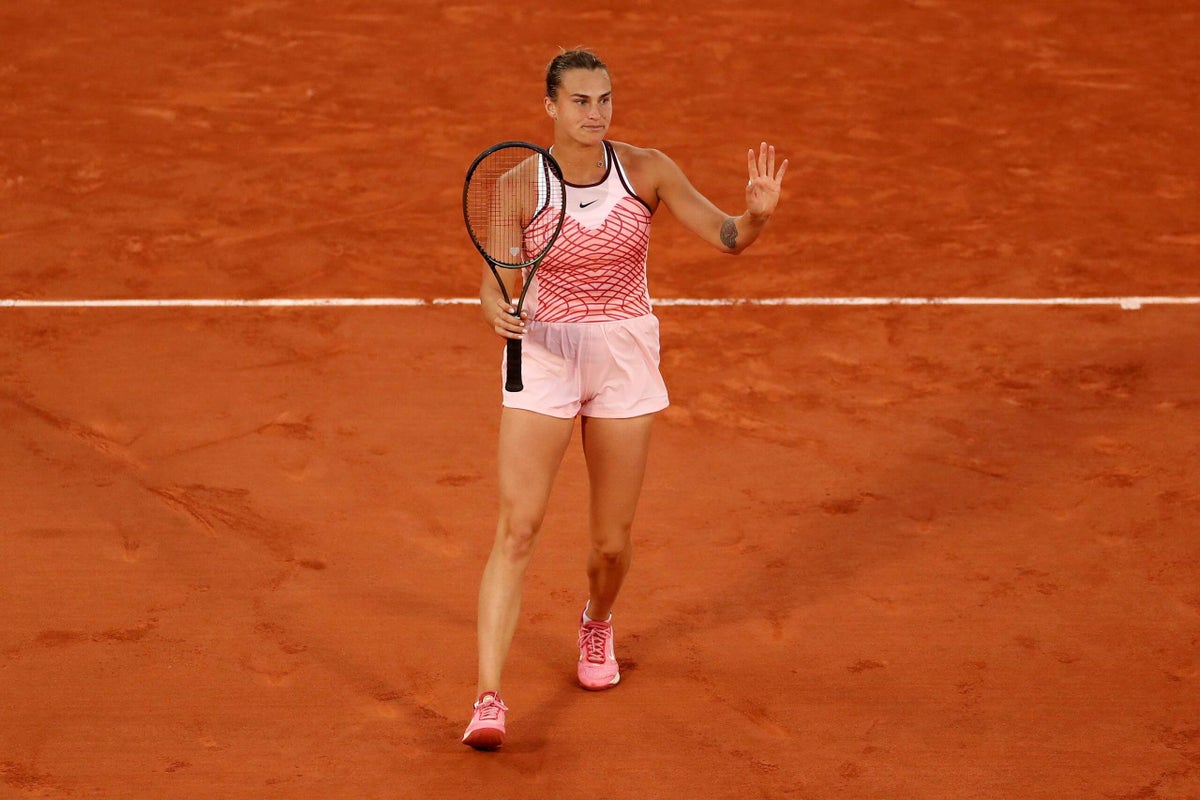The Athletic has live coverage from Day 6 of the U.S. Open.
Of all the quirks, expectations of politesse, and unwritten rules that are supposed to be followed in tennis, the net-cord apology might be the silliest of all. It’s a tradition steeped in unspoken expectations, where a player winning a point due to a lucky net cord is expected to offer a gesture of apology. This article delves into the origins of this strange etiquette, its place in the modern game, and why it persists despite its absurdity.
From fractious altercations at the U.S. Open to casual matches on local courts, the net-cord apology remains a contentious issue. We’ll explore the incident between Taylor Townsend and Jelena Ostapenko, examine perspectives from tennis legends like Mats Wilander and Pam Shriver, and question why tennis is seemingly alone in demanding apologies for instances of good fortune.
The Unwritten Rule: Apologizing for Net Cords
In nearly every tennis match, when a player hits a shot that clips the net and somehow makes it over, an apology is expected. Sometimes the ball dribbles just over, landing out of the opponent’s reach; other times, it turns into an easy smash. Regardless of the outcome, the player who benefits is expected to raise a hand in apology.
This expectation isn’t merely a suggestion; failing to apologize can lead to hurt feelings and even altercations, as seen during a U.S. Open match between Taylor Townsend and Jelena Ostapenko. The incident highlighted how seriously some players take this unwritten rule.
The Townsend-Ostapenko Clash: A Case Study
After Taylor Townsend’s intense win over Jelena Ostapenko, a post-match handshake turned sour when Ostapenko confronted Townsend for not apologizing for an earlier net cord. Ostapenko reportedly told Townsend she has “no education.” This confrontation underscores the intensity surrounding the net-cord apology.
Townsend’s shot, which clipped the net and looped into the air, gave her an easy put-away. In the heat of the moment, she celebrated her good fortune, which Ostapenko perceived as a snub. This incident ignited a furious altercation and highlighted the importance some players place on this seemingly minor act of sportsmanship.
Tracing the Roots: Where Did the Apology Originate?
The origins of the net-cord apology remain murky. No one truly knows when it became such a big deal, and the USTA doesn’t even list it in its code of conduct. Despite its lack of formal status, it has become deeply ingrained in tennis culture.
Mats Wilander noted that most players apologized in his day, but a quick search through YouTube reveals plenty of instances where players forgo the apology without consequence. Pam Shriver emphasized that while acknowledging good fortune was common, it was never a rule.
The Fundamental Question: Why Apologize at All?
One might wonder why tennis players are expected to apologize for something entirely out of their control. Unlike other sports where luck is embraced, tennis has fostered a culture where good fortune warrants an apology. Baseball players don’t apologize when a fly ball barely clears the fence for a home run, and soccer players certainly don’t apologize when a shot deflects off a defender into the net.
This behavior sets tennis apart, raising questions about its unique traditions and expectations.
The Case Against Apologizing: Jenson Brooksby’s Stance
Jenson Brooksby, an American player, notably refused to apologize for net cords, arguing that it’s not entirely luck-based. He faced criticism for this stance, highlighting the deeply ingrained nature of the apology tradition.
Brooksby argued that a player’s positioning, footwork, spin, and power all contribute to the ball hitting the net. Townsend echoed this sentiment, stating she was shocked it was a net cord because she was ready to play the point. This perspective challenges the notion that net cords are purely accidental.
Beyond the Apology: Sportsmanship and Etiquette in Tennis
The incident between Townsend and Ostapenko extended beyond the net-cord apology. Ostapenko also accused Townsend of violating rules by starting their warm-up at the net and took a questionable medical timeout during the match. These actions raise broader questions about sportsmanship and etiquette in tennis.
Townsend emphasized her honesty and straightforwardness, contrasting it with the perceived gamesmanship. Ultimately, she highlighted the importance of accepting both good and bad luck in sports, a sentiment that applies to the net-cord apology debate.
Moving Forward: Time to Reconsider Tennis Etiquette?
In the grand scheme of sports, the net-cord apology stands out as an oddity. While traditions provide character and charm, some, like this one, may warrant reconsideration. As tennis evolves, so too should its unwritten rules, perhaps embracing the acceptance of good fortune seen in other sports.
Tennis players, like all athletes, experience both luck and misfortune. Accepting these elements and moving on may be a more pragmatic and gracious approach, fostering a more positive and less contentious atmosphere on the court. It’s time to ask: Is the net-cord apology truly necessary, or is it simply an outdated relic of a bygone era?

Leave a Reply